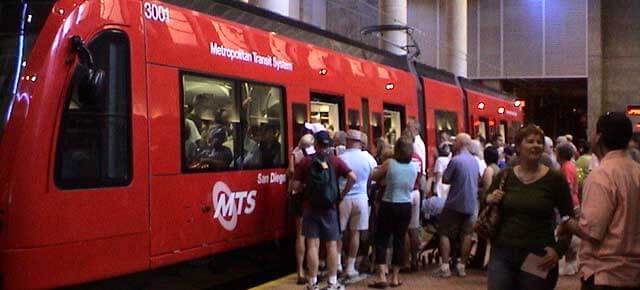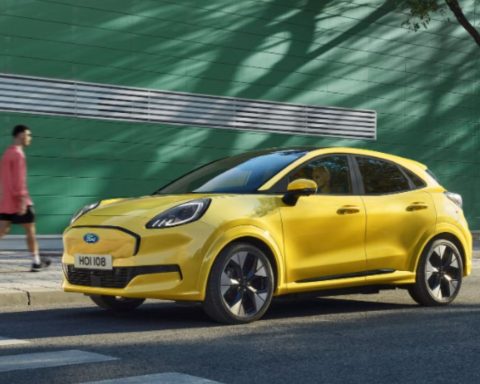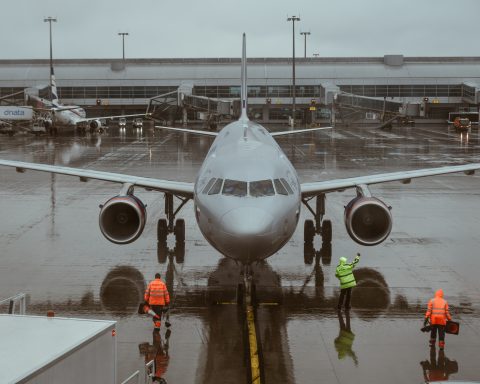This story originally appeared on StreetsBlog USA.
How much traffic does a transit line keep off the streets? Looking at ridership alone only tells part of the story, according a new study published in the Journal of the American Planning Association. The full impact of a transit line on motor vehicle traffic can far exceed the direct effect of substituting rail or bus trips for car trips.
Using data from the Portland region, University of Utah researchers Reid Ewing and Shima Hamidi compared self-reported travel in an area where a light rail line was built to an area that saw no transit investment.
The team collected data on changes in travel behavior in the area served by the MAX Blue light rail line and in the area around SW Pacific Highway. They compared stats from 1994 — before light rail was built — and 2011 — 13 years after it launched. They opted to use the 2011 data in order to show the full impact of denser, transit-oriented development around the stations.
Ewing and Hamidi found that light rail led to an average of 0.6 additional transit trips per day among each household in the surrounding community. By itself that would have cut total driving mileage by about a half mile per household per day — not a huge impact.
But the effect on driving among households living near light rail was much greater than that.
From 1994 to 2011, households in the area without new transit increased their driving by 62 percent (from 18.25 miles per day to 29.4), while households living near the new light rail line increased their driving only 22 percent (from 17.4 miles to 21.2).
Why was this effect so much larger than the effect directly attributable to new transit trips? Partly because households living near the light rail walked more and traveled shorter distances when they did drive. Walking increased 151 percent among people living in the transit-oriented communities, Ewing and Hamidi found.
That was possible because, following the addition of light rail, city, regional, and state agencies took steps to encourage walkable development around the transit line. And it worked. According to Ewing and Hamidi the “activity density” of the light-rail neighborhoods — a measure of how many households and jobs are located in a given area — rose 100 percent between 1994 and 2011.
The total driving mileage avoided by households living near transit amounted to three times the avoided mileage due solely to switching from driving to transit. Similar studies have estimated this “multiplier effect” to be in the range between 1.9 and 9.







